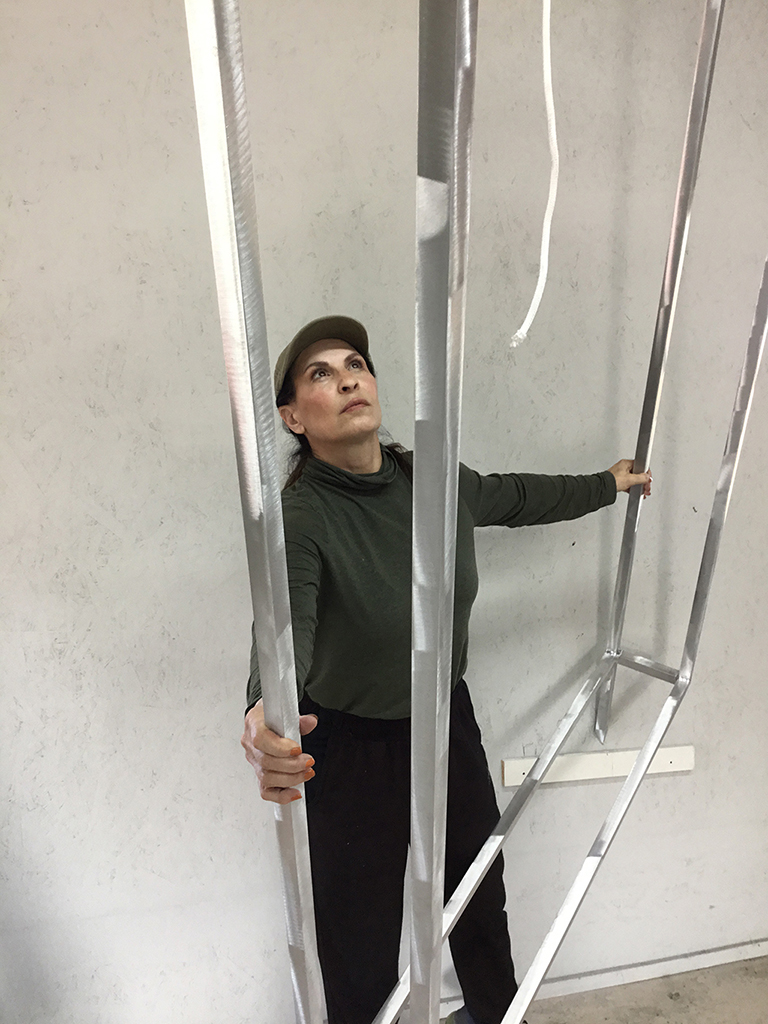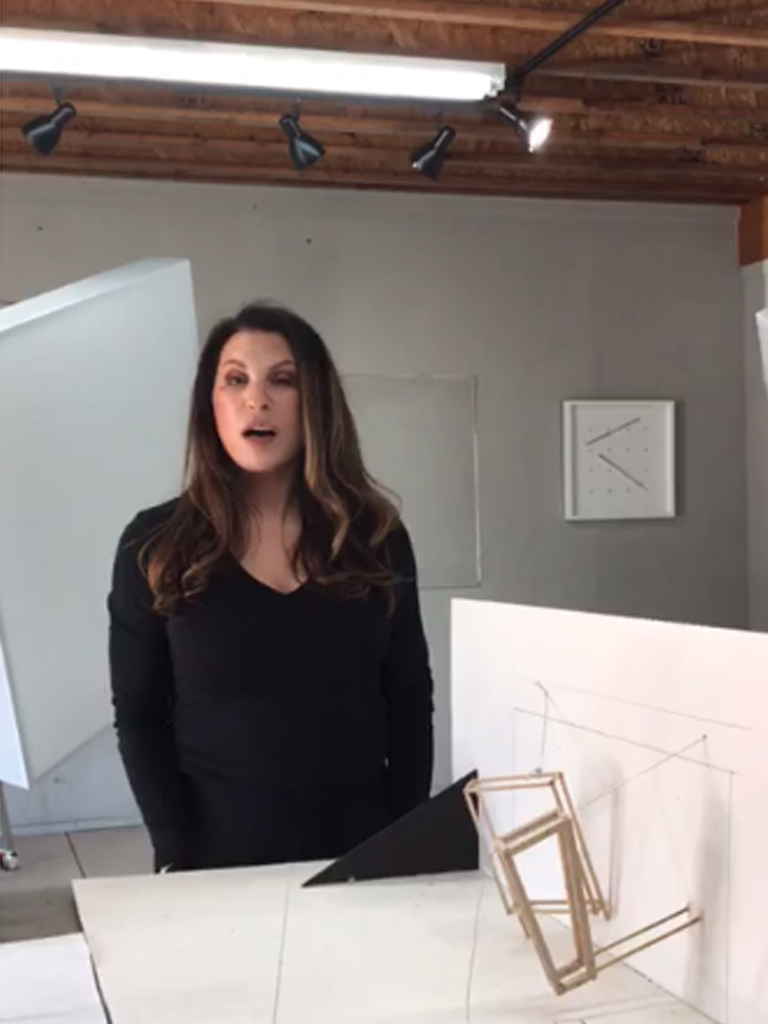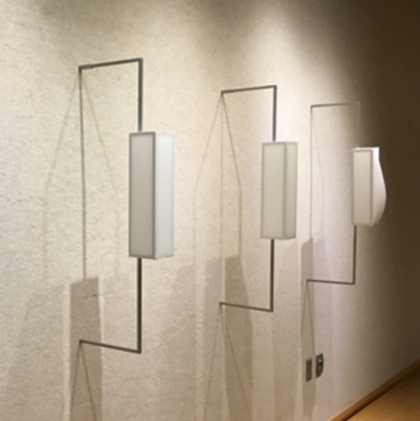about me
An Introduction to Susan
Susan Ferrari Rowley moved to Rochester, New York, to attend Rochester Institute of Technology acquiring her MST and MFA, and found herself in the midst of an arts community that she became a consistent and active part of. She began her career as a sculptor, finding early that fabric was her medium of choice. Ferrari Rowley played a major role in the acceptance of fabric as a sculptural medium in the art world by consistently pushing the creative envelope causing critics to question existing standards for what was thought of as a ‘proper medium for sculpture’.
On Sunday, December 16, 1984, New York Time reviewer Phyllis Braff wrote of Ferrari Rowley’s work: “…. examples that hold our attention as pure esthetic expressions help to establish the validity of fiber as a fine art medium…. her dazzling three dimensional color abstraction, ‘Complementary Movement’ is clearly a star here…. the effect is both stimulating and meditative…. perhaps the show’s most profound piece…. ”
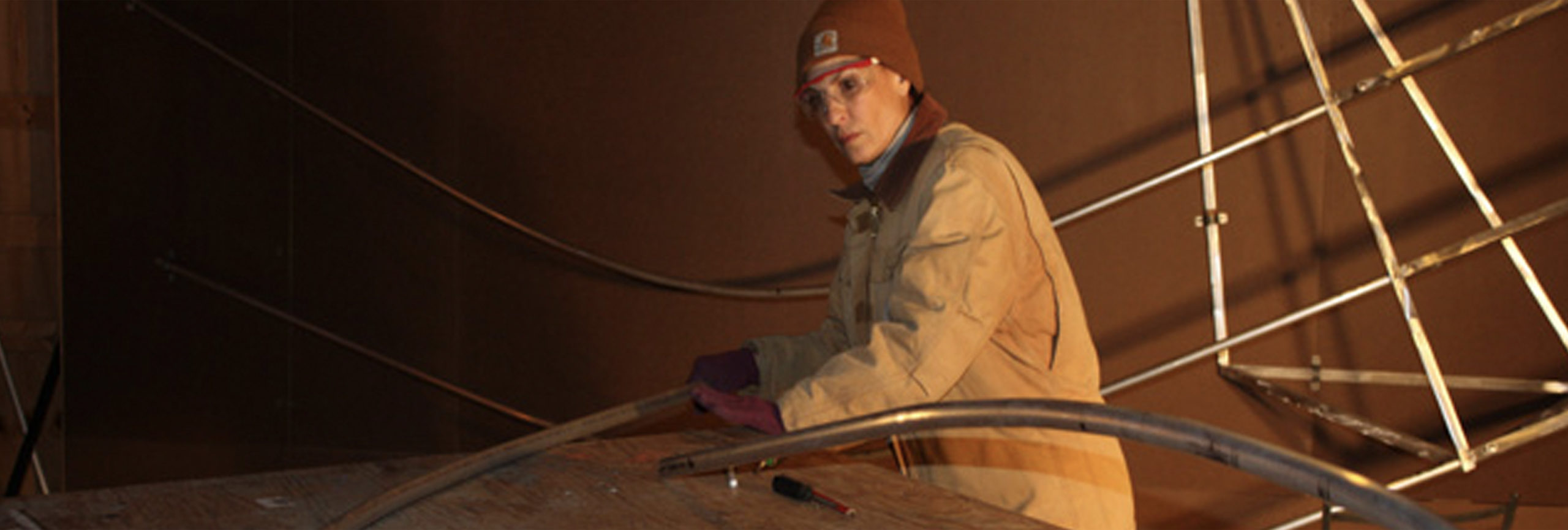
My creative process starts with designing sculptures that are a continuum of my aesthetic, developed over years of exploration and production. Sculptures spring forth from sketches and models evolving from spatial challenges that I visualize. When responding to space for either large installations or placement of individual sculptures, I specifically integrate the sculpture and space for exciting resolutions.
Watershed Moments
As the debate over ‘fine art’ and ‘fine art craft’ continued on an international scale, Ferrari Rowley fueled the conversation to erase boundaries in exhibitions such as ‘Materials: Hard and Soft’ in Texas and The International Art Competition juried by Messinger of MOMA, Satz of the Whitney, and Little from Art in America. She simultaneously won best of show and purchase for the permanent collection at Chautauqua National Exhibition, and the Brenholz Award for Innovation at the International Fiber Exhibition. Her transition into the world of Fine Arts with her medium of choice, fabric, was now complete. While showing consistently in New York City, she was accepted into the famed international OK Harris Gallery in Manhattan, selected by the late icon of modern art, Ivan Karp, whose mission was ‘to show the most significant art of our time’.
Current Professional Activity
The Delaware Contemporary Museum selected Ferrari Rowley for a one-person exhibition in 2017, along with Artspace, in Richmond, Virginia. 2019 included her exhibition at Five Points Gallery in Torrington, Connecticut. The breadth of her venues included the outdoor exhibitions at Chautauqua Institute and SculptureNow at The Mount, in Lenox, Massachusetts. She was in the iconic international 2018 Venice Biennial Sculpture Exhibition, Time/Space/Existence, as one of seven American sculptors included in this portion of the architecture exhibition, and was invited back to Venice for the 2020 exhibition. Additionally, she had a major exhibition/installation open in 2020, funded by the Rubens Family Foundation, at Rochester Institute of Technology, NY. A second is planned for 2022 at the Public Art Projects Exhibition Space in Cincinnati, Ohio, to mark the grand opening of their newly designed space.
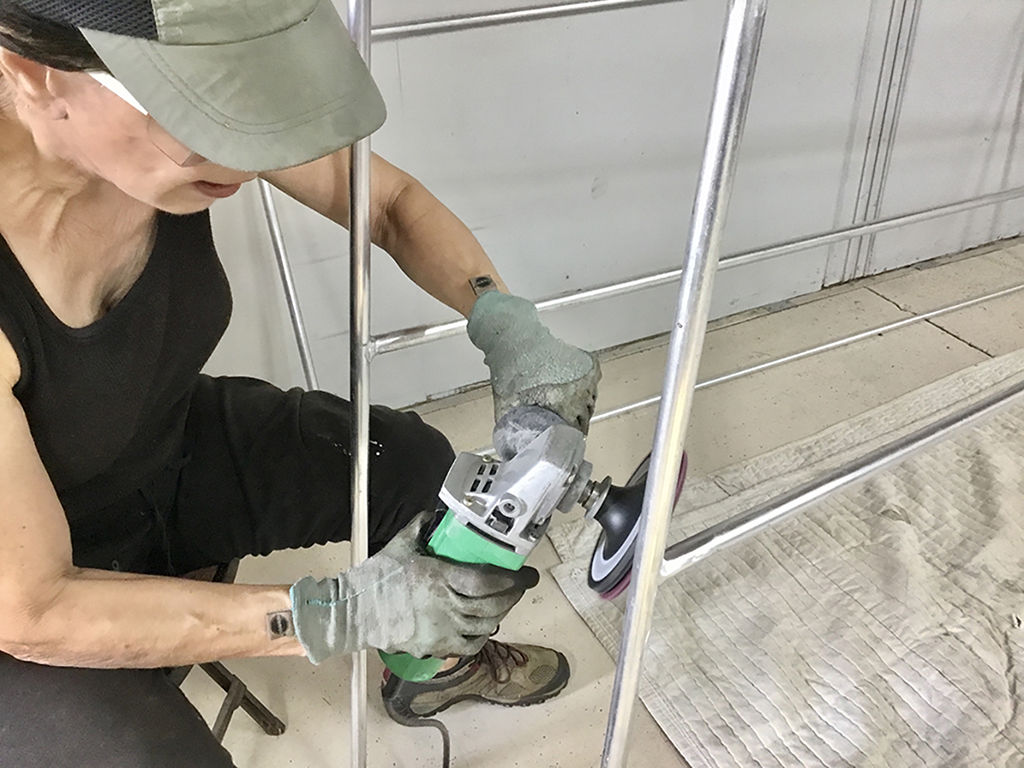



Process
My sculpture involves processes that are innovative, and refined through personal development and need, enabling me to get the resulting forms that define my aesthetic. My designing utilizes metal-working techniques of bending, cutting, assembling and welding, prior to the placement of fabrics and other malleable materials that integrate with the forms. Fabrics are well placed, and hand stitched, or laced taught to frameworks, and sheet metals are handled similarly and screwed to their underlying forms.
Materials
The materials for my linear frameworks are aluminum for my indoor work and aluminum or stainless steel for my outdoor work. The material that defines the planes on the sculptures is Fabric. The fabrics I use are translucent and man-made polyfiber, and spun lutradur. Both of these allow for the encased volume of the sculptures to play a major role. I am currently creating an off-shoot using screen printing methods on the fabrics and vinyl for photographic process to be involved in specific concepts. My outdoor work favors thin sheet and perforated metals as sheathing on the forms.
Design and Conceptual Aesthetic
My sculptures are born out of human emotions that correlate with cultural issues I am living with at the time of creation. They are not literal, but evocative. Forms contain a minimum amount of tangible structure, allowing for space and volume to have equal importance. The attribute of balance, how I achieve it, and the tension I create in challenging it visually is of major importance in much of the work. Form that appears to float and defy gravity is of particular interest to me in conveying concept. The space that my sculpture is going to be in is paramount to my process. It pleases me most when they integrate and relate.


